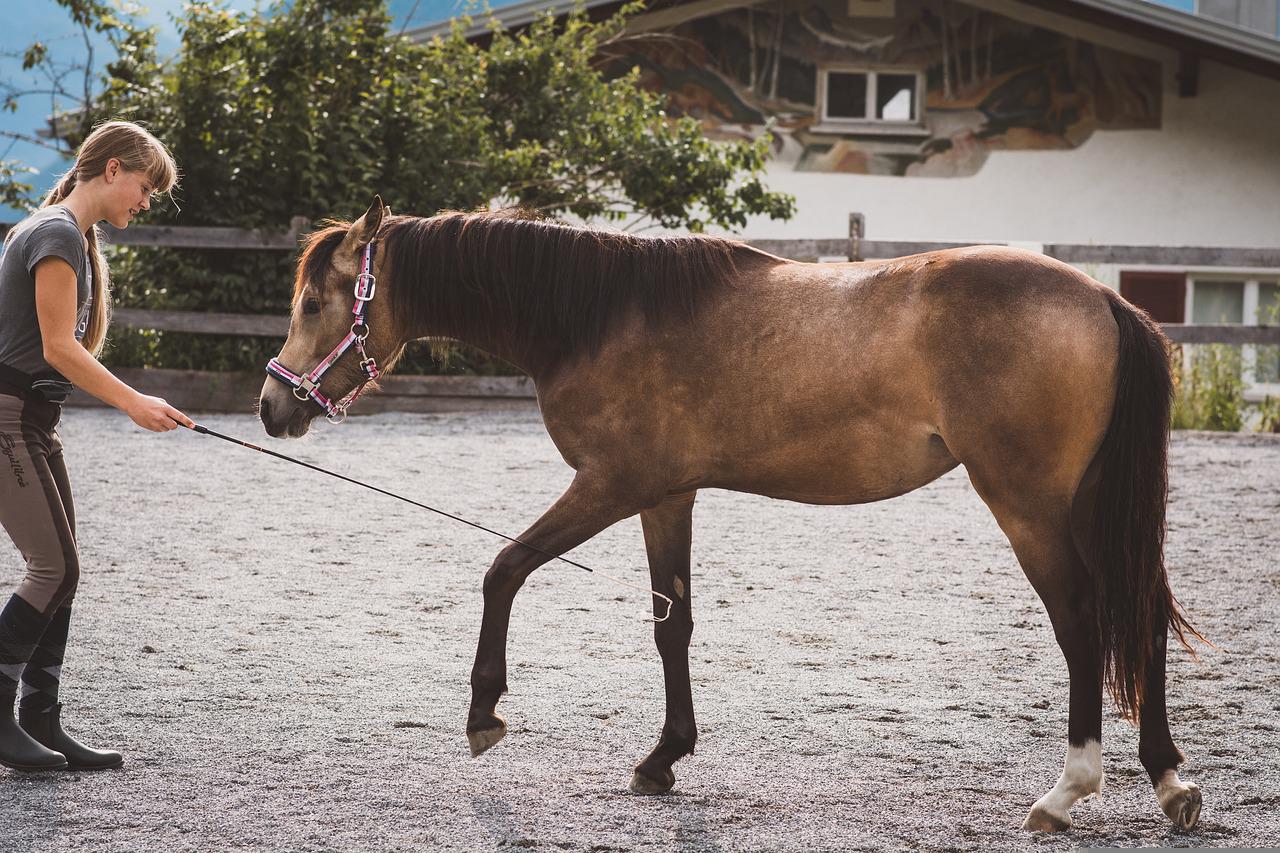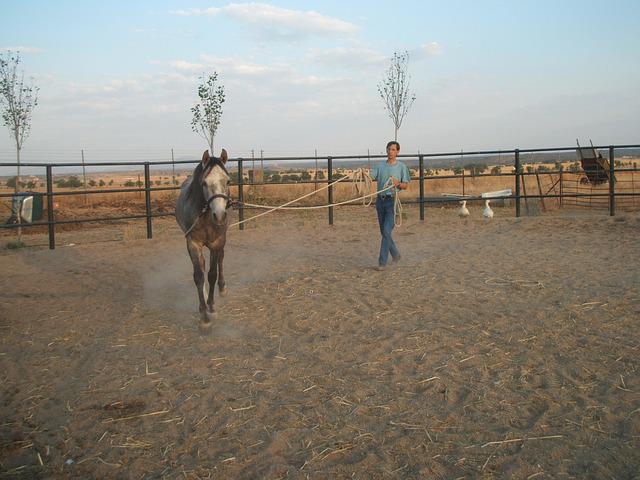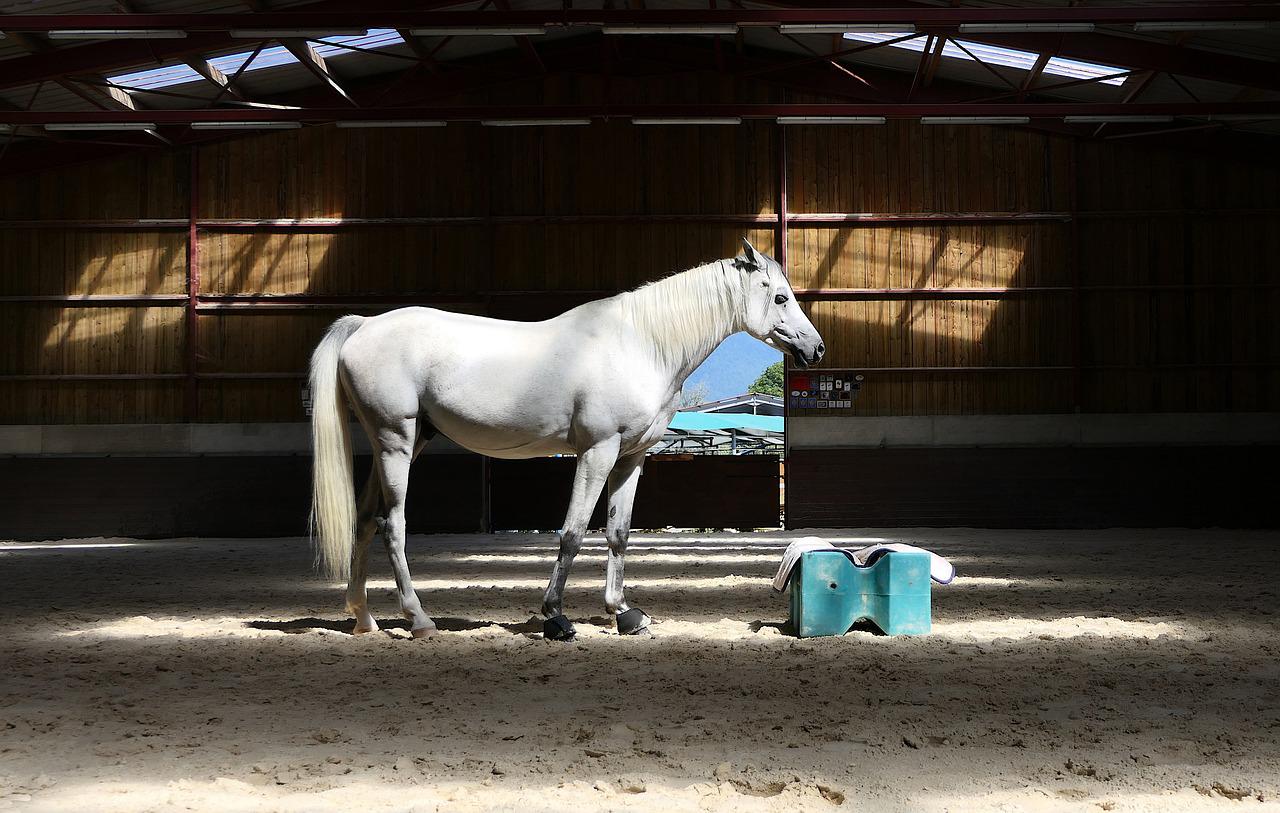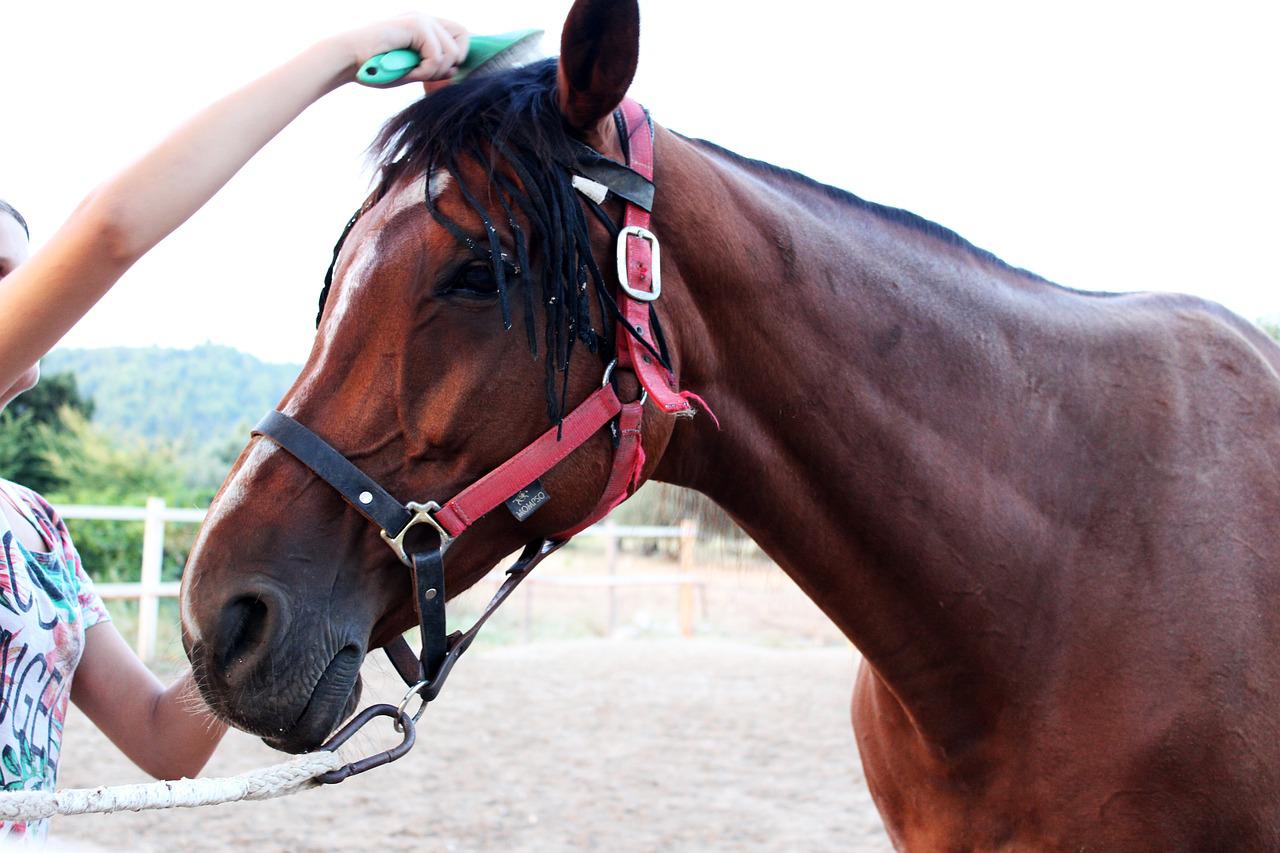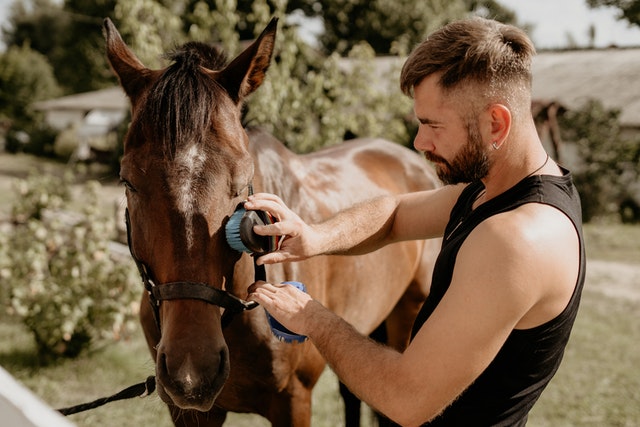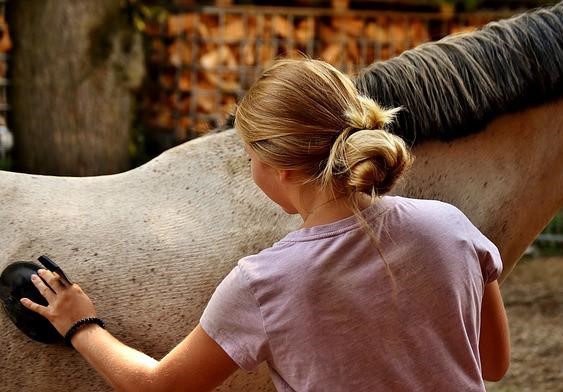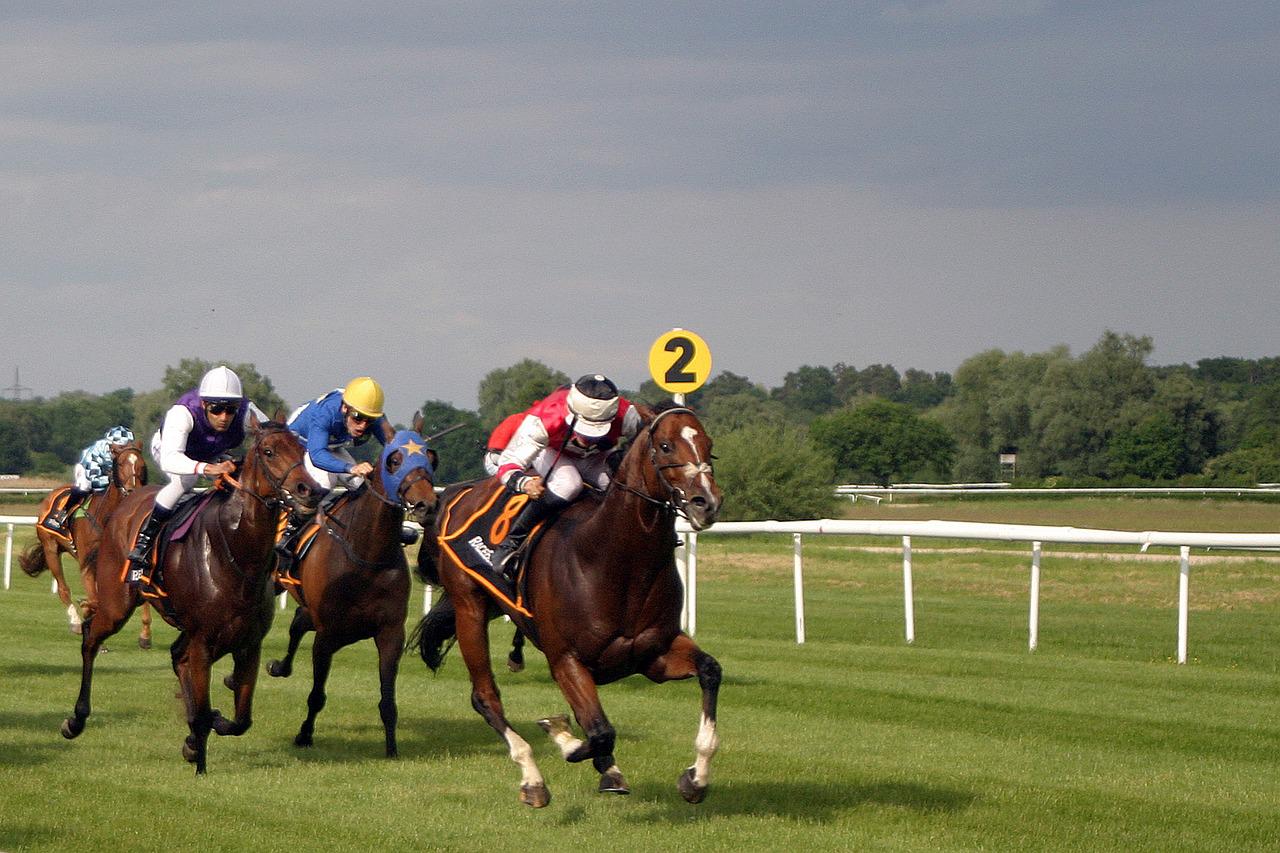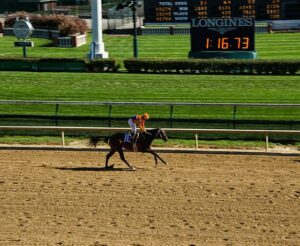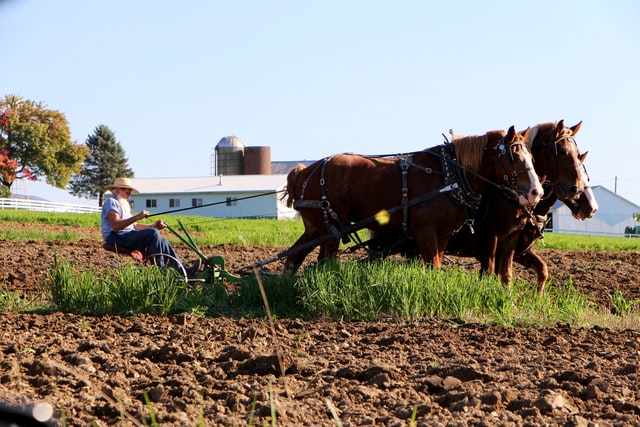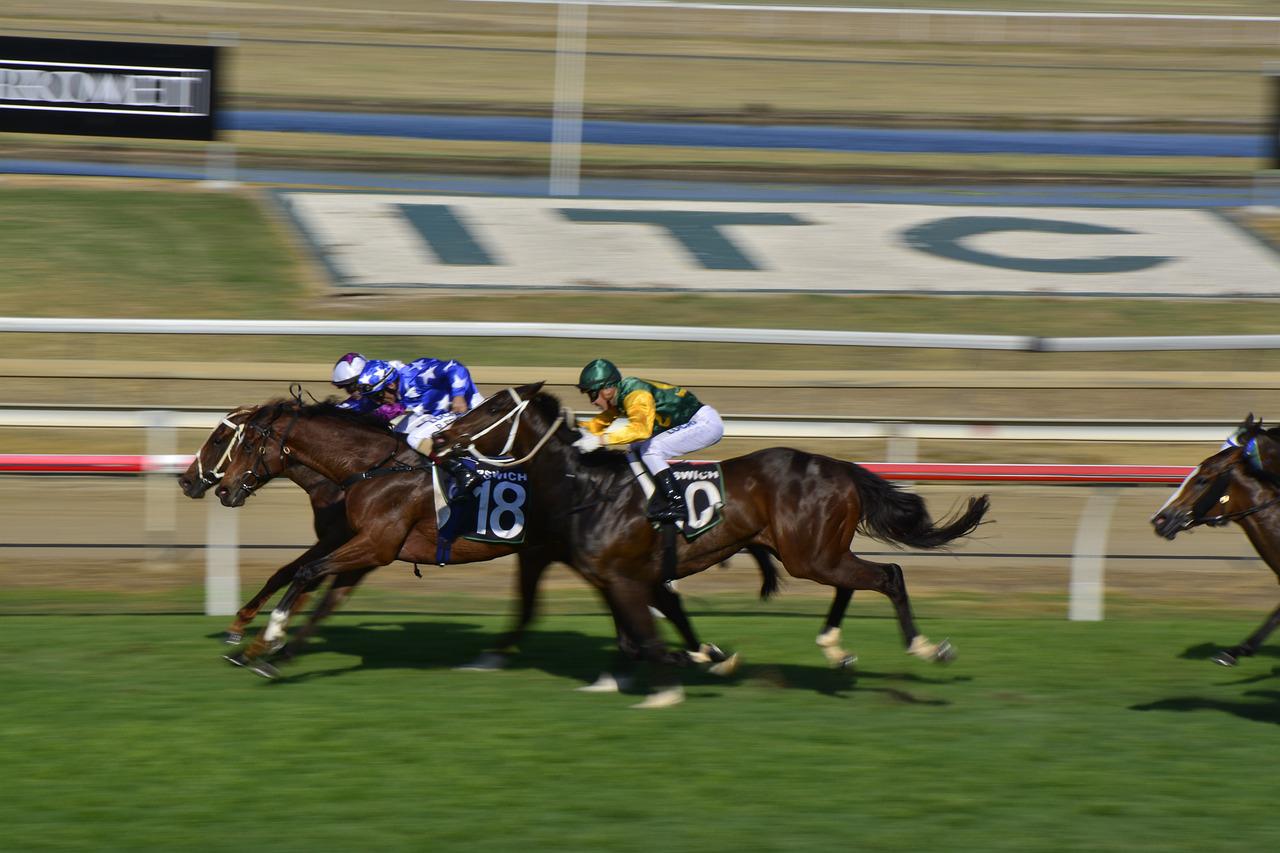
Horse racing began thousands of years ago and has since grown into a multibillion-dollar industry. A popular sport in the United Kingdom, United States and elsewhere, horse racing has also been associated with gambling for centuries—a relationship that has only gotten stronger as online betting and gambling have become more popular. Let’s take a closer look at the history of horse racing and its latest developments below.
The earliest record of horse racing was the Olympics in 648 B.C.
The first Olympic games were held in ancient Greece, and they were held every four years. The Olympics were held in honour of the Greek gods. They took place at Olympia, Greece in the spring or summer (depending on when it was most convenient). One of the games played was horse racing.
The Romans loved chariot races at their circuses (arenas)
Horse racing also has a long history. In the fourth century A.D., Roman chariot races were held at the Circus Maximus, an arena that could hold up to 250,000 spectators and which still stands in modern Rome today.
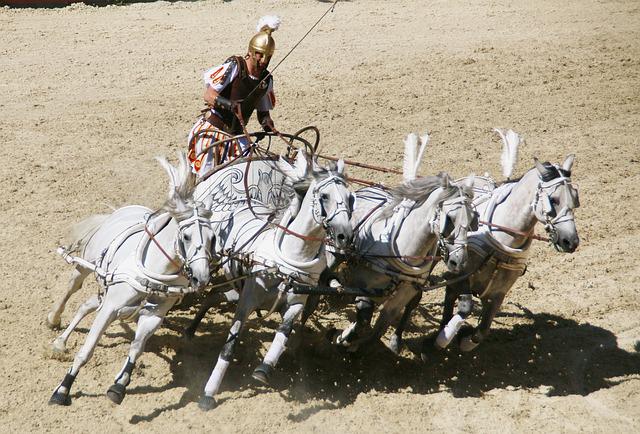
The Anglo-Saxons built a racecourse on land that is now Newmarket Heath in England. It’s still used today.
The first racecourse in the UK was built on land that is now Newmarket Heath and it’s still used today. The earliest example of a thoroughbred horse race took place in 1665 at Newmarket Racecourse and it has been used for racing ever since. It’s home to the Cambridgeshire Handicap, one of the oldest races in England, and was also the site where The Oaks was first run in 1779.
When English colonists made the trip to the New World, they brought their horses and established racetracks in places like New York City and Virginia
The first racetrack in America was established in 1665 at what is now Pelham Bay Park in New York City. Colonial Americans raced horses for fun and as a way to make money. In fact, racing was so popular that there weren’t enough people around to bet on all of these races!
By 1908, all race tracks had added pari-mutuel betting as an option for fans to place bets on races
Pari-mutuel betting was born in the United States. In 1866, pari-mutuel betting was introduced at racetracks in California by Charles T. Howard and William Klepper. By 1908, all race tracks had added pari-mutuel betting as an option for fans to place bets on races. The term “pari-mutuel” comes from the French “pari mutuel,” which means “mutual pool.” In this type of betting, all participants share in winnings based on their wagers’ odds of winning.
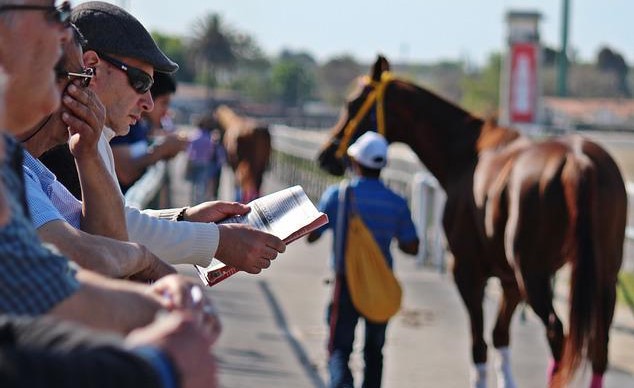
The Kentucky Derby is America’s longest continuously held sports event. It began in 1875 at Churchill Downs.
The Kentucky Derby is a horse race in Louisville, Kentucky. The first race was held May 17, 1875 and has been an annual tradition ever since.
In conclusion, horse racing has a rich and colourful history all around the world, one that started thousands of years ago and continues to evolve to this day through new technologies, events and fan experiences. Today’s horse racing is a global sport enjoyed by millions of people around the world as both spectators and participants.

